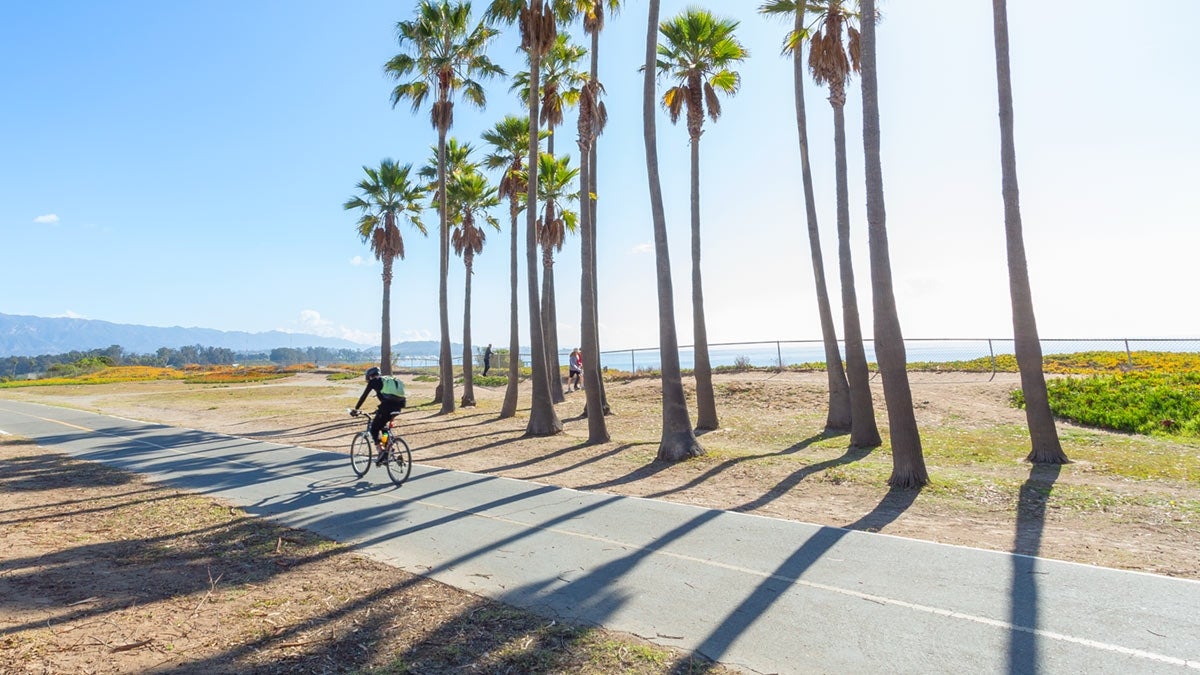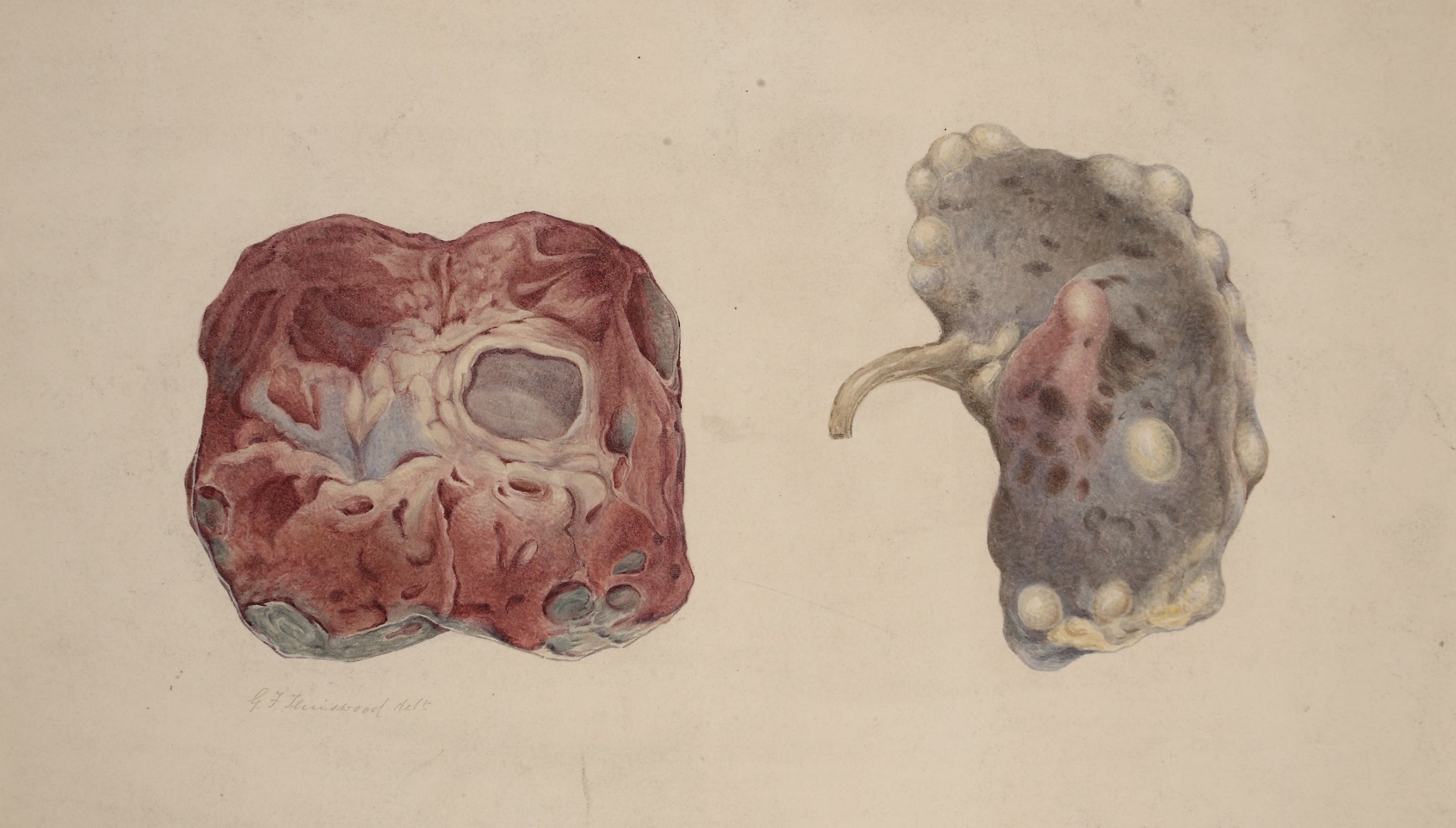UC Santa Barbara and City of Santa Barbara secure a grant to enhance pedestrian and cyclist safety

UC Santa Barbara has been awarded $791,611 in federal funding to improve pedestrian and cyclist safety in the City of Santa Barbara as part of the Safe Streets and Roads for All Grant Program. This funding, announced by Congressman Salud Carbajal, is part of over $1.7 million in grants delivered to several Central Coast cities, made possible through the Bipartisan Infrastructure Law.
The grant will fund critical efforts in Santa Barbara, including the collection of pedestrian and cycling data, the integration of crash data and the identification of high-risk areas for future safety audits. “This grant will enable us to build a data system that will support decisions aiming to improve safe and accessible streets, especially for vulnerable road users like pedestrians and people on bicycles,” said Trisalyn Nelson, chair of the Department of Geography at UCSB.
Congressman Carbajal emphasized the importance of these investments, stating, “Part of revitalizing our infrastructure and improving our roads and highways is making sure that Central Coast residents are safe while using them, both as a passenger and as a pedestrian or bicyclist. I’m proud to see another round of infrastructure funding coming to the Central Coast to help deliver on our goal of making traffic deaths a thing of the past.”
The Safe Streets and Roads for All Grant Program, established as part of the 2021 Bipartisan Infrastructure Law, focuses on reducing traffic fatalities through targeted safety projects. The award to UCSB and the City of Santa Barbara is the largest in this round of funding, highlighting the region’s commitment to improving safety and mobility for all road users.
Jessica Grant, supervising transportation planner for the City of Santa Barbara, highlighted the importance of this data-driven approach. “The data collected through this grant will be essential in identifying the areas where safety investments can have the most impact,” she said. “Our goal is to use this pilot program as a model that can be expanded across Santa Barbara County, improving mobility and safety for everyone.”
UCSB’s Department of Geography will play a central role in this initiative, using its expertise in data collection and analysis to guide decision-making for future safety improvements. “We’re excited to support the City of Santa Barbara in expanding safe walking and bicycling access by providing data to guide evidence-based decisions on prioritizing infrastructure investments,” said Lizzy Schattle, communications manager for UCSB’s Spatial Pattern Analysis Research (SPAR) Lab.
This latest round of funding also includes $400,000 for the City of San Luis Obispo, $364,000 for the City of Goleta, and $164,000 for the City of Pismo Beach, further strengthening the Central Coast’s commitment to pedestrian and cyclist safety.




